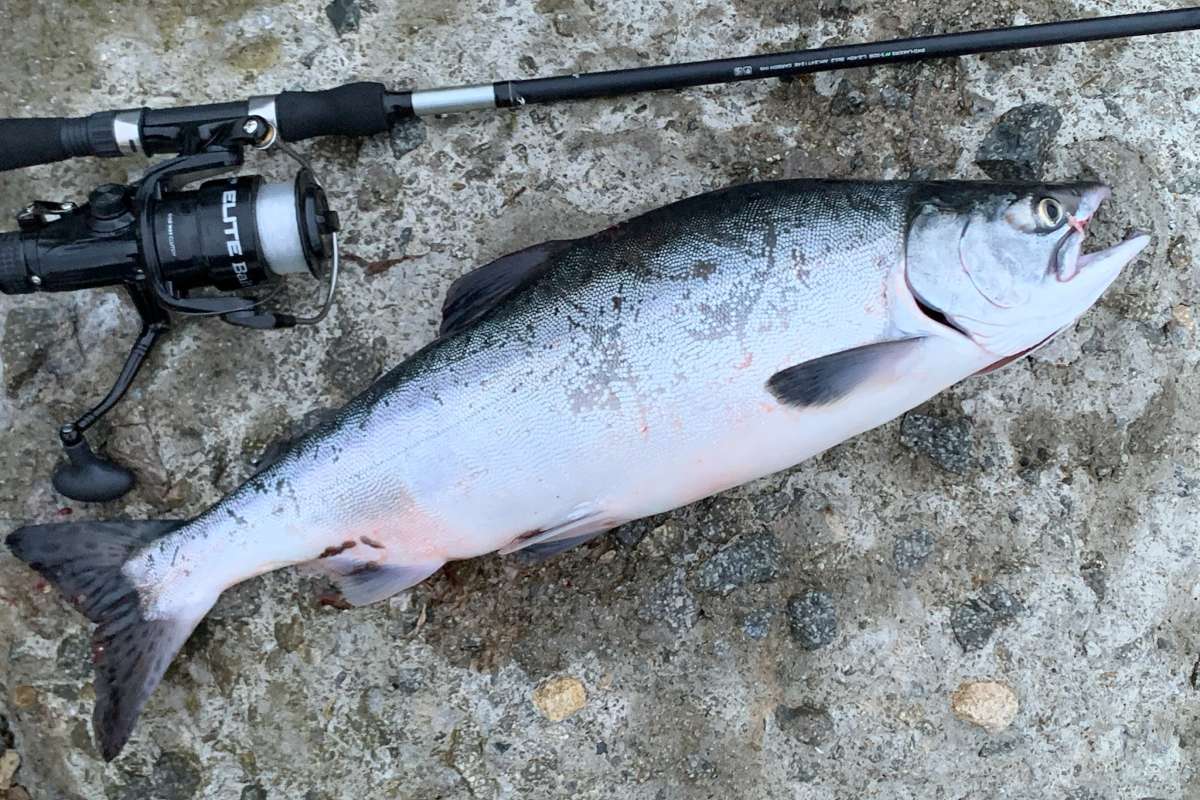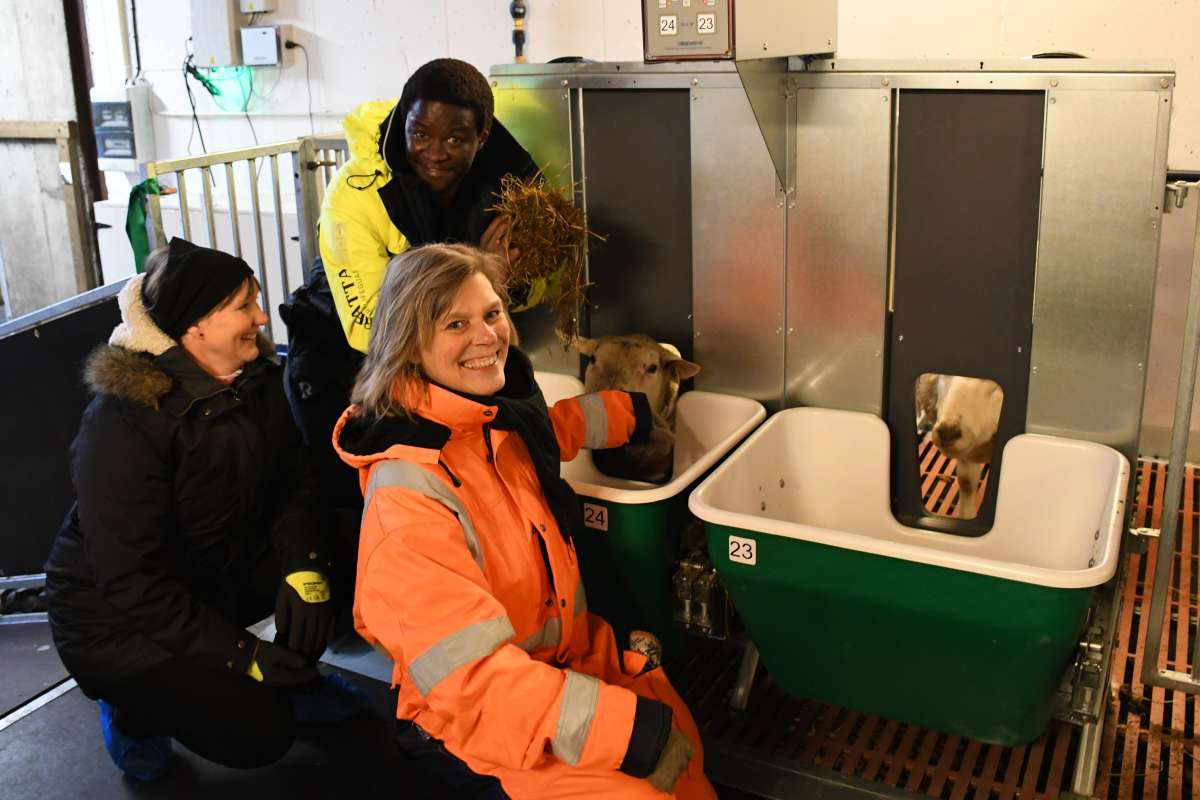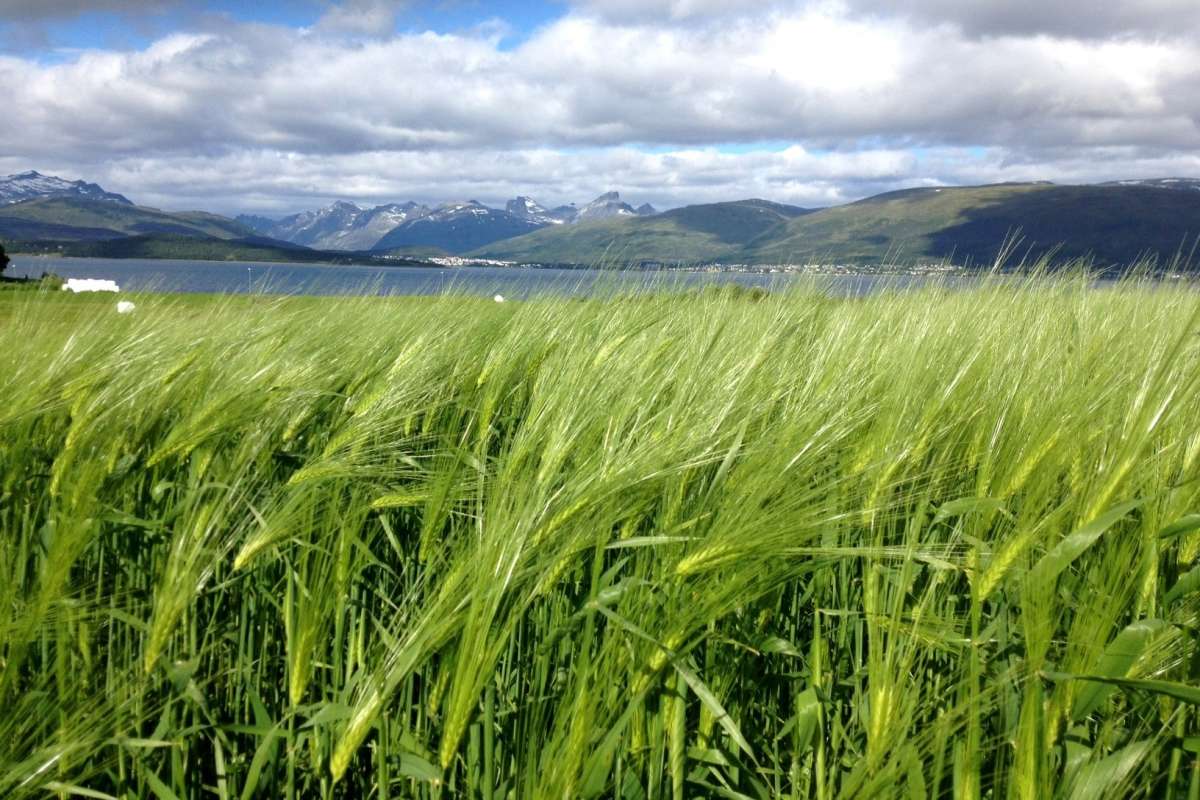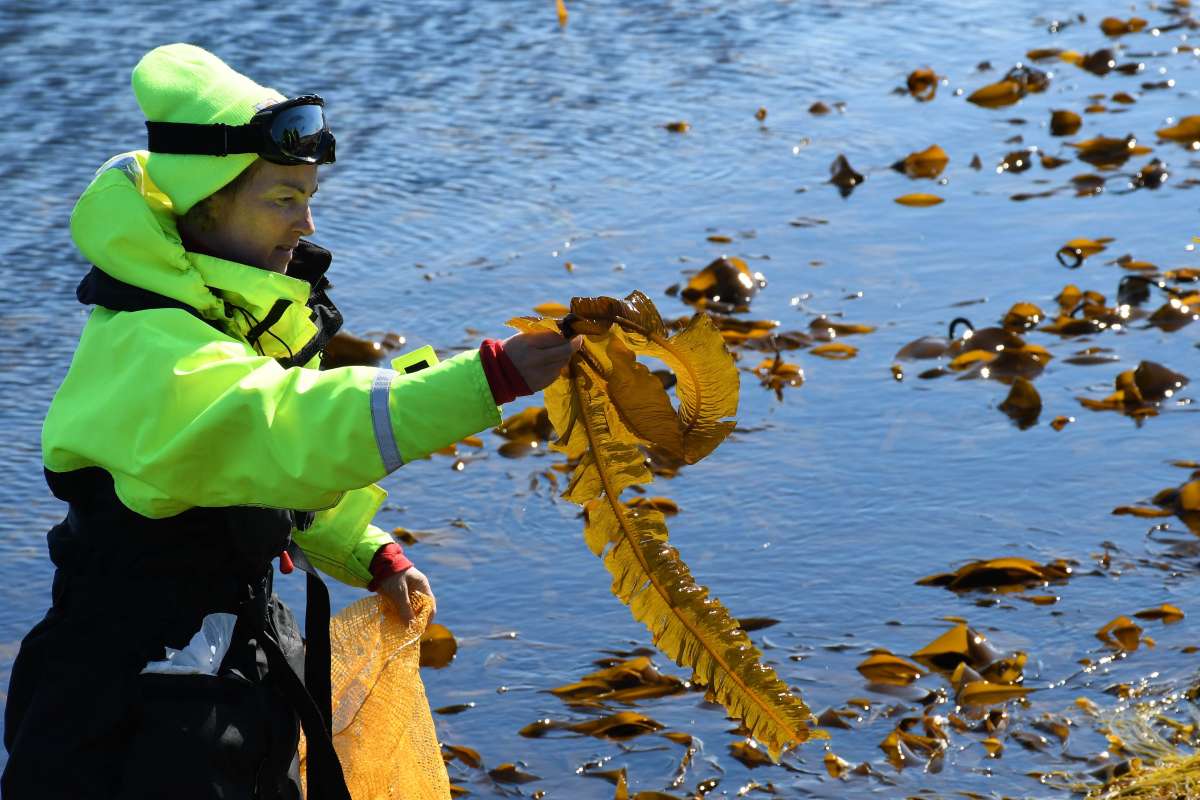Fewer, but larger farms in Northern Norway
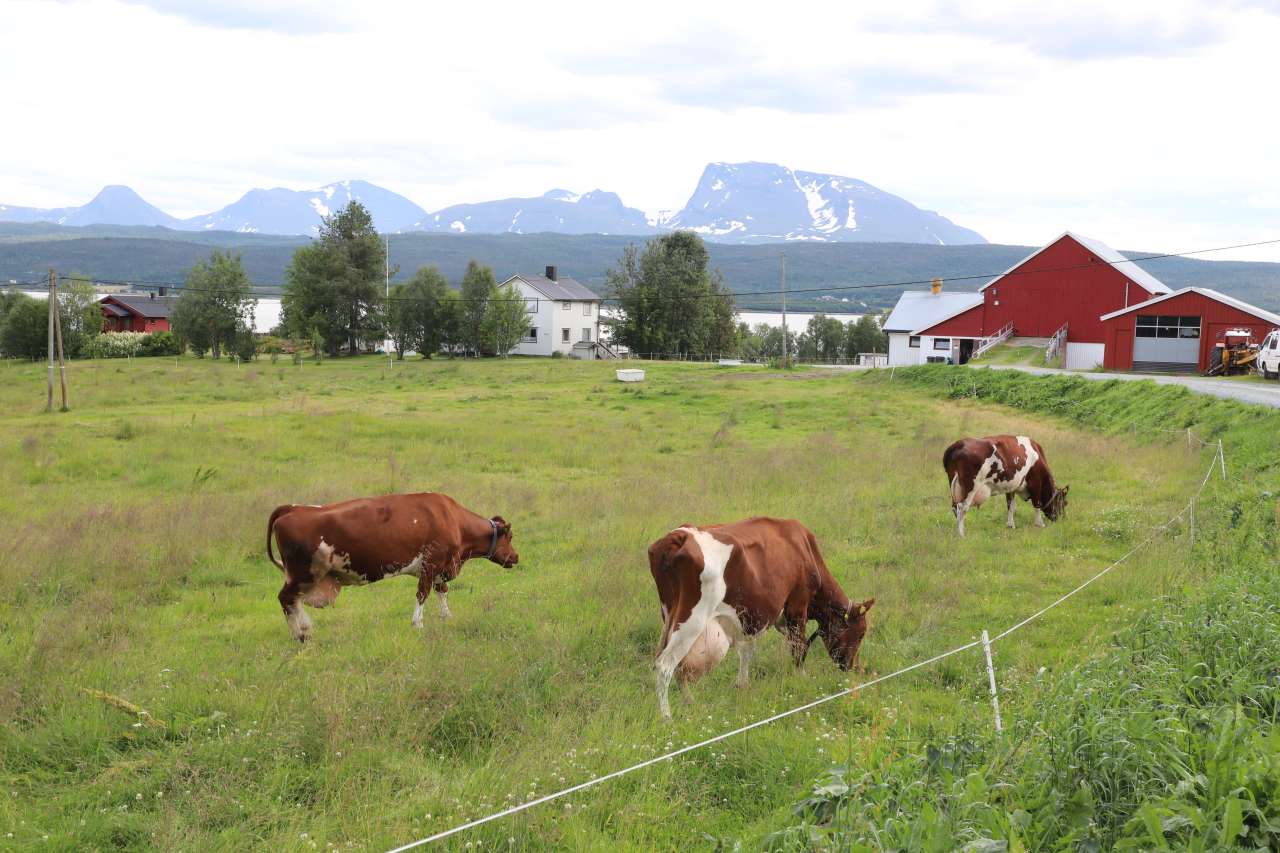
Cows grazing in Kjerrvika in Balsfjord, Troms. Photo: Oskar Puschmann
Over the last 20 years, there has been a significant decline in active farms in Northern Norway. Approximately half of them have been shut down. Nevertheless, production has remained relatively stable due to larger farms and increased yield per animal, but this could change.
It is a stated political goal that there should be active agriculture throughout Norway. In 2022, an area-focused initiative was launched under the Agricultural Agreement: Sustainability in food production and value creation in the North. NIBIO was tasked with contributing to research and knowledge development. Among other things, the development in Northern Norwegian agriculture from 2002 to today has now been quantified in the report "Indicators for status and development in Northern Norwegian farming" (in Norwegian).
“A number of issues are addressed here. When will the remaining farmers have access to such an abundance of land that sustaining current operations becomes impossible? Is there a risk of reaching a tipping point where not only does the number of operational farms sharply decline, but also the agricultural land in use?" asks NIBIO researcher Ulrike Bayr.
To examine the status of agriculture in Northern Norway, the report uses an index based on the indicators of active agricultural enterprises, active agricultural properties, use of outlying pasture, and proportion of agricultural land in operation.
“The results show that several areas could already be considered vulnerable, at the tipping point, in 2010, and the development towards 2021 shows an increase in the number of vulnerable areas, especially in the eastern part of Finnmark County and along the coast of northern Troms County,” Bayr says.
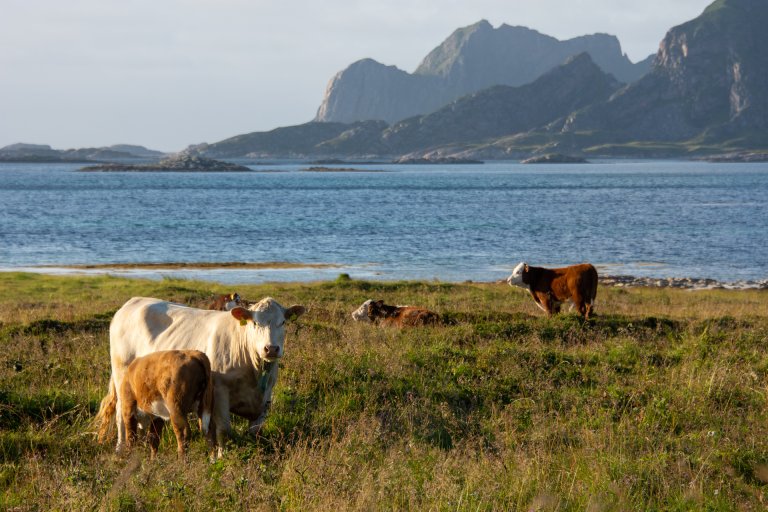
Fodder and livestock farming
Fodder and livestock farming are the productions of greatest significance in Northern Norway. Milk production accounts for the largest value creation in agriculture. Over the last 20 years, the number of dairy cows has been reduced by a third, but milk production has remained stable as the yield has increased. During this period, the average number of animals per farm has doubled. This trend also applies to sheep production.
The number of goats has seen a significant decline since 2002, but as with cows, the production of goat milk has not fallen correspondingly, due to increased yield per goat. The county with the most goats in the Norway is Troms.
This is, of course, due to the natural conditions in the North with relatively short and cool summers. Although the proportion is small, there is also production of vegetables and berries in certain places.
“Potatoes are an important crop in the North and have a much larger geographical distribution than other vegetables. The development of new production methods, such as tunnel cultivation, has also made it easier to produce vegetables and berries under the conditions of Northern Norway,“ says Bayr.
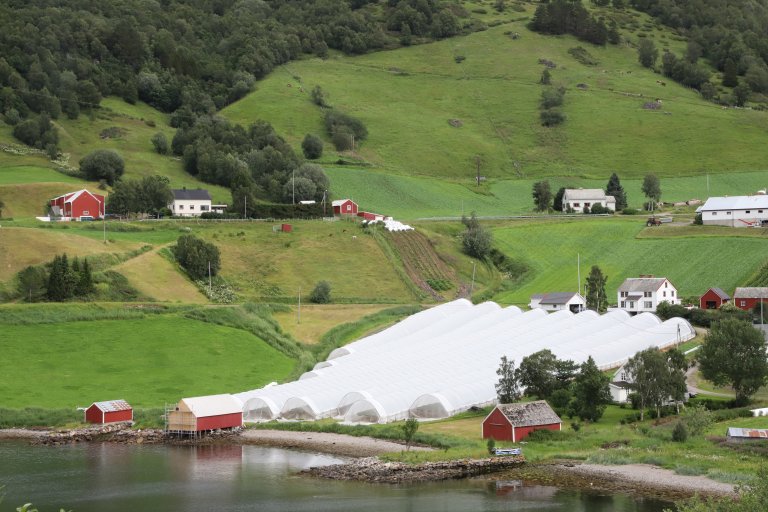
Open pasture grazing could increase by two-thirds
The potential for open pasture grazing in Northern Norway is very high. NIBIO's mapping of grazing resources in the outlying areas reveals that the northern counties boast the most extensive open pasture grazing resources nationwide. Furthermore, these areas exhibit the highest quality of grazing land. Despite this, only a third of the available outlying resources are currently being utilised.
“In total, we see that the vast majority of the areas examined in Northern Norway meet the minimum requirement for the use of open pasture grazing, both with and without reindeer husbandry included. This underlines the great importance of the grazing industry in the northern parts of the country, where fodder-based livestock production accounts for a full 99 percent of total agricultural production,” says Bayr.
Having an abundance of leased land can be a disadvantage
Despite agricultural production being maintained on fewer, but larger farms, there is an element of uncertainty in that more and more land is being leased out. Farms facing the challenge of managing substantial leased land often encounter the issue of considerable distances between these areas.“It then becomes expensive and time-consuming to take care of all the areas in the same way. This increases the likelihood that the areas with less favourable characteristics will be taken out of operation, and that the operation instead is concentrated on the most productive areas. Regarding food security and preparedness, the marginal agricultural areas will also be an important land resource in the future,” Bayr says.

Challenges in the future
Over the last 20 years, the number of active agricultural enterprises in the North has almost halved.
“There is little to suggest that this trend will reverse anytime soon. The biggest challenge for Northern Norwegian agriculture in the future will therefore be to halt the closure of more farms. In many villages today, there are only one or two active farms left. If the last farmer in the village quits, it is actually already too late. Then large amounts of agricultural land will be taken out of operation, because there is no one left to take over. It is especially important to take care of small and medium-sized farms; they are the ones that have had the greatest decline. Smaller farms are better suited to the Northern Norwegian landscape, and they often manage to utilize their land resources in a better and more sustainable way,” says Bayer.
Climate change will also affect agriculture in the north.
Previous reports indicate that climate change can offer both new opportunities, but also challenges. Climate change will lead to a longer growing season, thus making it possible to grow more and completely new varieties. A possible increase in production of potatoes, vegetables, and berries in the north would be very positive to increase the degree of self-sufficiency.
“On the other hand, a warmer climate can contribute to the spread of plant diseases and pests further northwards, and more precipitation can increase the risk of soil erosion. Regardless, it will be very important to work more with climate adaptation in agriculture in the future,” Bayr concludes.
Contacts
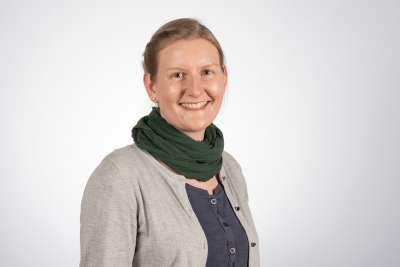
Ulrike Bayr
Research Scientist
-
Division of Survey and Statistics
(+47) 480 94 762 ulrike.bayr@nibio.no Office Location: Ås O43
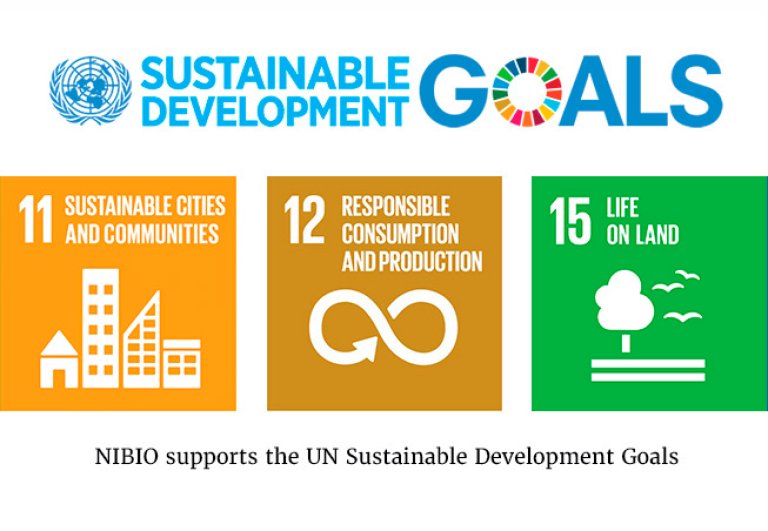
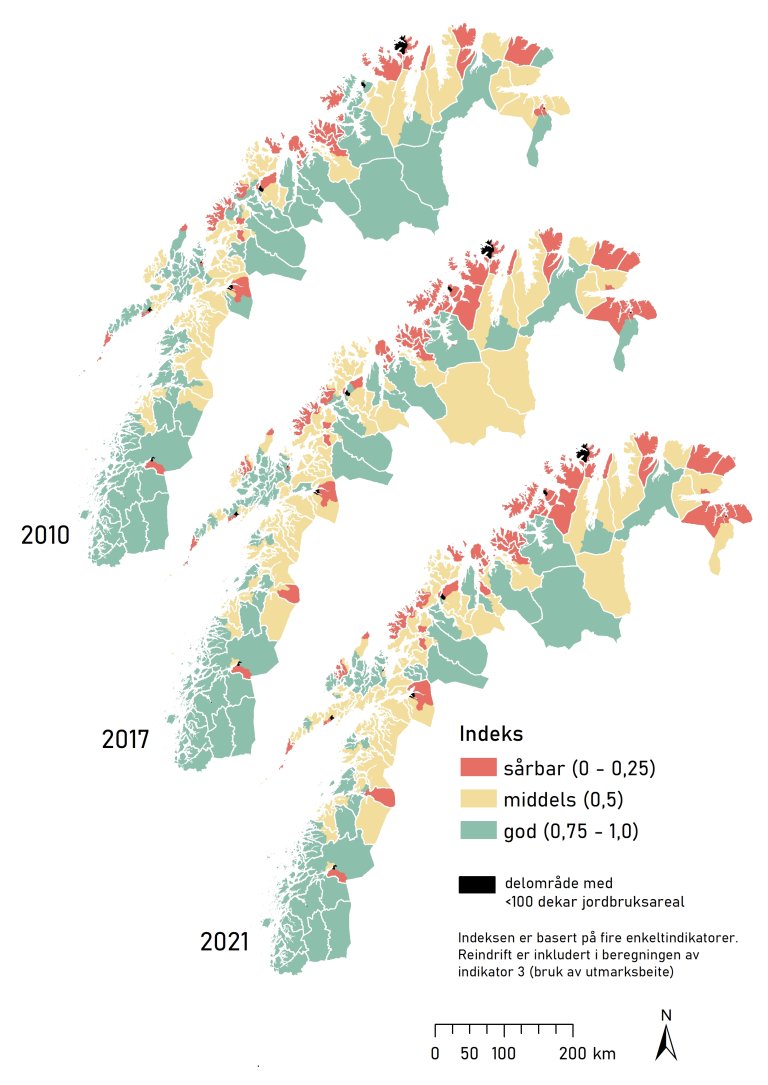
Contacts

Ulrike Bayr
Research Scientist
-
Division of Survey and Statistics
(+47) 480 94 762 ulrike.bayr@nibio.no Office Location: Ås O43

